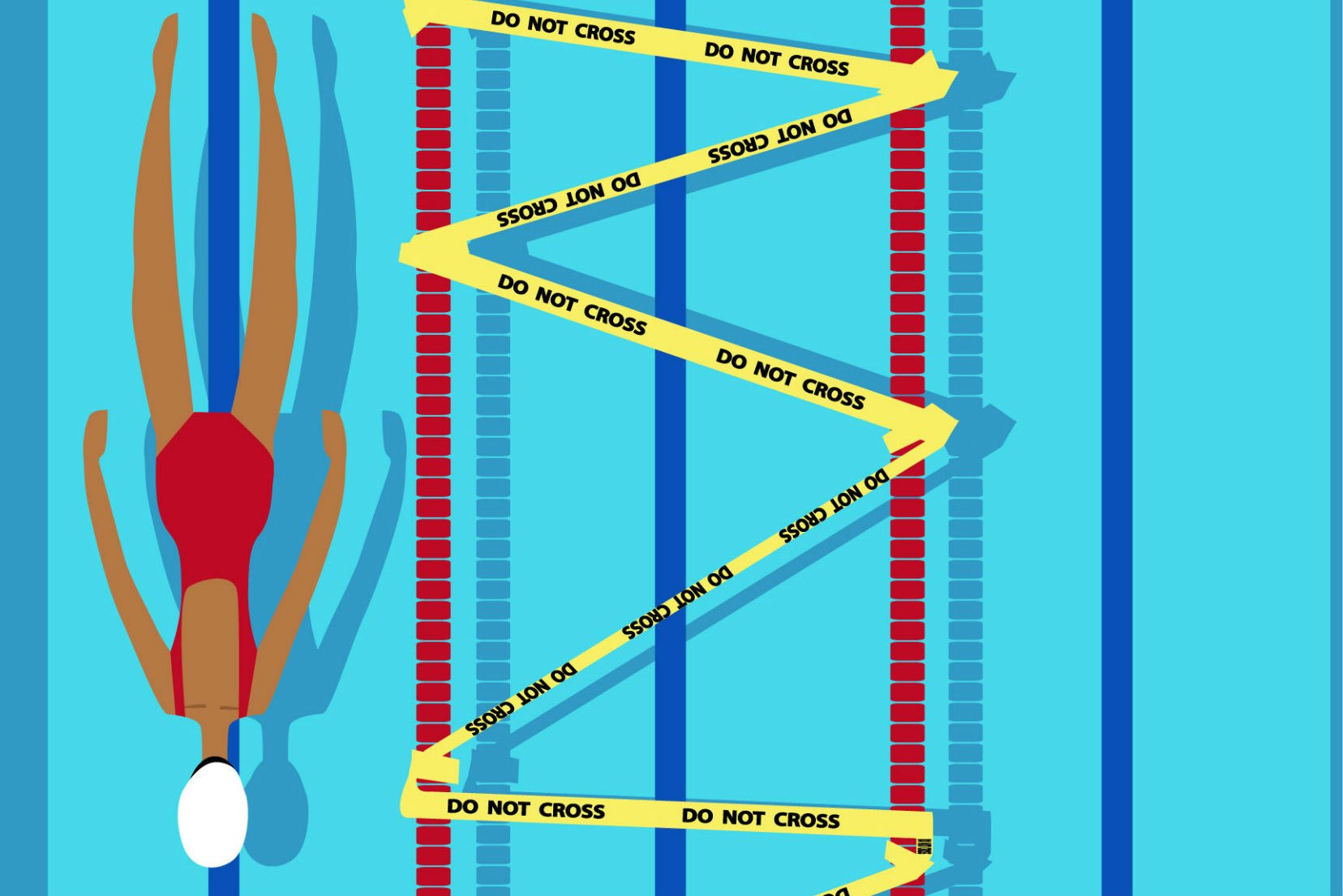After more than two months of rapid-fire learning and planning, many aquatics facilities are primed to reopen.
Professionals report that relatively few were able to open in time for Memorial Day. However, among the virtual meetings held nationwide by various organizations, many have reported target dates throughout June, mostly concentrated in the second half of the month or even July 1.
At the end of May, the National Recreation and Parks Association had estimated nearly 540 pools would remain closed for the season, based on media reports, press releases and direct contact from facility operators.
Jennifer Kashner-Fry, president of the North Texas Aquatic Association, is one whose facilities will remain closed. Officials for the City of Hurst, where Kashner-Fry serves as recreation manager, determined its two waterparks could not generate enough revenue to make it worthwhile. “[With] hiring our staff, the loss of our programming and the 25% capacity, it just wasn’t financially sustainable,” she said.
However, aquatics firm Counsilman-Hunsaker estimates that 60% to 70% of U.S. facilities still plan to open, said Kevin Post, principal and studio director with the St. Louis-based company. Texas and Florida, among the first to lift their stay-at-home orders, have led the way.
Questions of indoors versus outdoors don’t seem to influence opening decisions, Post said. Indoor settings just might need more stringent social distancing.
Those that do open generally offer lap swimming, many by reservation only. After their reserved sessions are over, swimmers all exit the pool so staff can disinfect. Some are allowing families to reserve lanes. Training for competitive aquatics is also one of the easier services to offer and, therefore, more common, observers said.
While open swim is not yet common, it is offered at some facilities, generally in two-hour blocks with cleaning between, Post said.
Some that were able to open in late May or early June reported enthusiastic clients grateful for the opportunity swim. However, among those allowed to operate at 50% capacity, some experienced closer to 25%.



